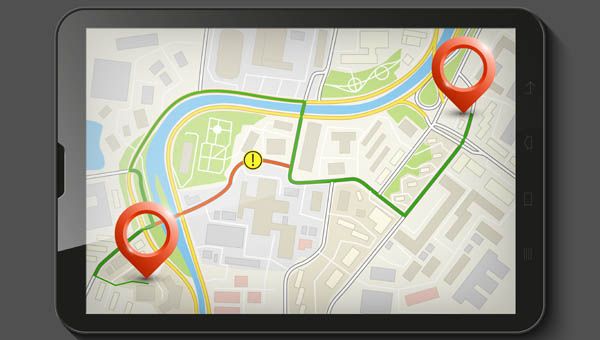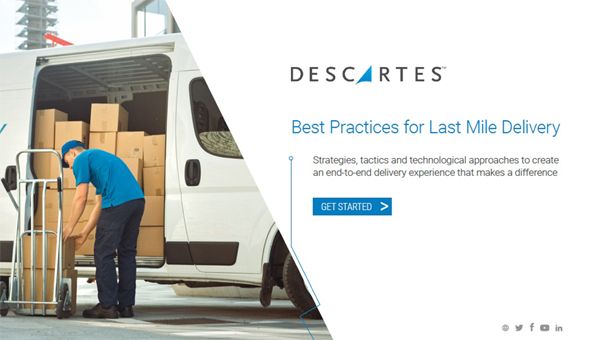14 Ways You Can Cut Fuel Costs

Due to the high cost of fuel today it is a challenging time for logistics-focused businesses including retailers, distributors, carriers, and suppliers of logistics services.
The good news is that there are several strategies to mitigate the effects of increasing fuel prices. Whatever the prognosis for fuel prices, the majority of these strategies only require time, but the profits will last for a very long time.
Implementing fuel saving strategies
These solutions take into account the fact that excessive fuel costs affect the whole organisation, not just the road transportation operation itself. In fact, many of the factors that influence fuel usage are controlled by operations outside transportation. Participation is especially important for individuals in charge of consumer interactions since they have the most influence in reducing excessive fuel costs.
The finance team should also be involved since they can best assess the effects of measures for reducing costs and decide how likely they are to have an impact on other areas of the company.
Try Our Fuel Saving Calculator
14 fuel saving tips for fleets
- Fuel cost surcharge for increased fuel expenses
- Provide your customers with a lower service level
- Place an emphasis on driving abilities and performance
- Improve vehicle performance
- Question fuel surcharges introduced by carriers
- Work together with your carriers and clients
- Improvement of the network
- Customer segmentation
- Rebid carrier contracts with an emphasis on lowering fuel costs
- Use route-planning or transportation optimisation tools
- Influencing sales and customers to increase delivery density
- Dynamic pricing for deliveries
- Deliveries that are eco-friendly
- Vehicle Telematics
No cost - Fast fuel saving wins
Quick, no-cost fuel saving strategies for your business.
1. Fuel cost surcharge for increased fuel expenses
Fuel surcharges have been frequently included in customer contracts by many businesses.
Don't be afraid to utilise them; use them to renegotiate existing contracts or to make new agreements. Although customers can object, even a small fraction of what was initially sought will make a significant positive difference.
2. Provide your customers with a lower service level
One of the tactics that would work in tandem with fuel surcharges is this one.
Although customers might not want to pay more, they may be willing to tolerate a lower level of service if it prevents price increases. Select slower modes of transportation and longer lead times for deliveries. Delay shipments while you search for ways to combine them with other orders from the same or neighbouring customers. Change the route planning system (RPS) or transport management system (TMS) optimisation parameters to prioritise minimising the distances to be travelled or maximising delivery density.
3. Place an emphasis on driving abilities and performance
Drivers' poor driving habits will result in higher fuel use.
Fuel consumption will be considerably reduced by concentrating on lowering speed, reducing idling times, and preventing off-route driving as well as implementing fuel-friendly aerodynamics on your vehicles.
4. Improve vehicle performance
Lowering fuel consumption is also made possible by routine vehicle inspections, make sure that tyres are properly inflated, and engines are in peak operational condition.
5. Question fuel surcharges introduced by carriers
Make sure that the cost of fuel for carriers is closely related to rising prices. Have them provide the information supporting the suggested increases.
6. Work together with your carriers and clients
The potential to collaborate and establish procedures, guidelines, and operating parameters that reduce fuel consumption is significant given the rising cost of fuel.
Find out how your company may minimise fuel use and the effects of rising fuel prices by getting feedback from both carriers and consumers.
Small cost – Large fuel cost cuts
Low cost, fuel cost-cutting strategies that will yield large gains for your business.
7. Improvement of the network
As a result of changing factors, such as shifting consumer buying habits, customer churn, and the introduction of new products, logistics networks perform less than optimally over time.
By making adjustments, network optimisation can rebalance the supply chain to save fuel. For fast results focus your network optimisation initially on service rules, operational strategies, and other "soft" issues rather than bricks and mortar. Then, turn your attention to the "hard" stuff for even bigger advantages.
Read our consumer buying habits research.
eCommerce Buying Habits Report
All fields marked with * are mandatory.
Please complete the below form to receive the eCommerce Home Delivery Consumer Sentiment Report as a download.
8. Customer segmentation
This is a way to evaluate customer service policies, but it is more relevant since it has the potential to alter logistical plans.
One way to do this is to blend static and dynamic deliveries depending on customer value and cost using hybrid route planning, for instance.
9. Rebid carrier contracts with an emphasis on lowering fuel costs
There may be a chance to rebid contracts due to slack in different transportation modes and geographical areas.
Due to today's substantially higher fuel prices, existing contracts may not have taken into account fuel expenses being quite so high when they were first established and are now severely penalising the organisation.
10. Use route-planning or transportation optimisation tools
Optimisation technologies are still greatly underutilised by businesses.
It doesn't take much complexity to exceed what the human mind can handle, and there will be significant fuel, mileage, and time savings to be made. Additionally, compare the capabilities of current legacy solutions to those of more advanced systems. Not only are outdated technologies less competent, but they are also more difficult to operate, necessitating manual workarounds that are less efficient at lowering fuel costs.
Contact a route optimisation expert.
11. Influencing sales and customers to increase delivery density
Requests for delivery appointments made by clients and sales representatives might reduce the fleet's fuel efficiency.
By giving consumers a choice of delivery times that are better for your business and based on other existing orders, you will increase delivery density and cut down on the distance driven between stops and fuel expenses.
Read Our Customer Success Stories
12. Dynamic pricing for deliveries
The cost of a customer's delivery will vary in price. Therefore, charge distinct delivery prices to clients at the time of purchase to more accurately reflect the true cost of the delivery.
Customers will decide if they want to use fast premium priced delivery services or go with a less expensive slower alternative. The second option will be chosen by a large number of clients; this strategy will allow you to increase delivery density, and improve operation productivity, which will result in lower fuel costs, driver hours, and other costs.
13. Deliveries that are eco-friendly
Customers are becoming more and more enthusiastic about delivery solutions that are environmentally friendly.
An Eco-friendly delivery is one that has decreased fuel use and a reduction in the carbon impact, obtained from offering delivery options such as "only delivery my goods when a vehicle is in my area". It's a three-way win. Customers are pleased, the environment gains, and the vendor pays less for fuel and other transportation expenses.
14. Vehicle Telematics
The performance of drivers and vehicles will be improved with a vehicle telematics system.
It maintains a close watch on both driver behaviour and the condition of the vehicle. With the use of telematics, fleet management can be more proactive in identifying diminishing vehicle performance and providing driver instruction to reduce behaviour that causes unnecessary increases in fuel usage, such as idling or harsh braking and acceleration. It can also be used to reinforce good driver behaviour.
Want to learn more? Contact one of our experts.



